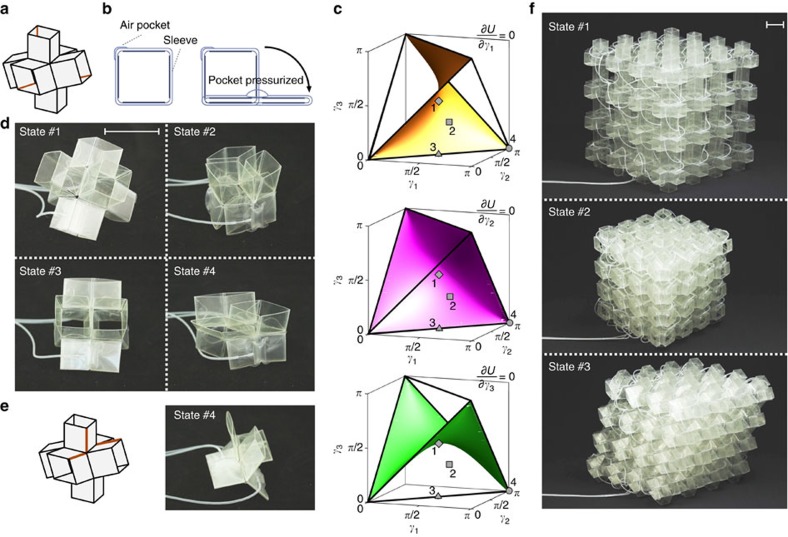Figure 4. Actuation of the unit cell and the corresponding mechanical metamaterial.
(a) To freely transform the entire unit cell, inflatable air pockets are placed on the hinges highlighted in orange (see the ‘Methods' section). (b) An internal pressure in the air pockets results in a moment in the hinges, causing the extruded rhombus to flatten. (c) Surfaces for which ∂U/∂γi=0. When moving between two states connected by a path that remains on one of these surfaces, the corresponding γi angle does not have to be actuated. (d) Configurations obtained by actuating the unit cell (with 3 actuators). (e) Improved actuation strategy to reach state #4. As expected state #4 does not fold completely flat, but instead deforms into the state with lowest strain energy for which φ1=φ2=φ3=2π/3. (f) Actuation of the mechanical metamaterial (with 96 actuators). Note that all structures are actuated by connecting the air pockets to three separate syringes through transparent tubes. Scale bars, 3 cm.

